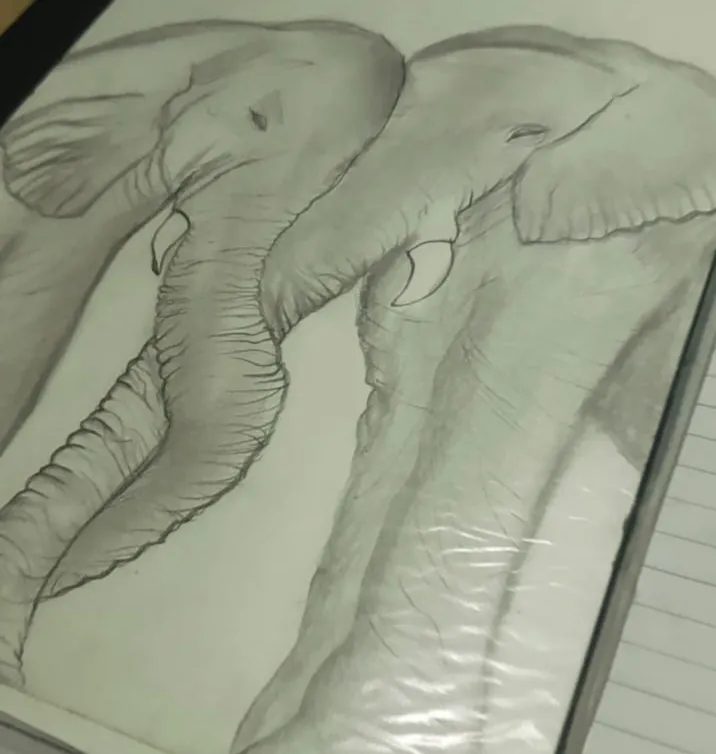I often find people walking with their pet dog in the park or in street, with a stick in hand. The main purpose of carrying a stick is to control the pets, whenever they get aggressive. Even we see similar, things while handling a kid or any other students in school. Everybody have their own way of controlling things. Sanskrit verses teaches us a nice lesson on similar subject.
हस्ती अङ्कुशमात्रेण वाजी हस्तेन ताड्यते|
शृङ्गी लगुडहस्तेन खड्गहस्तेन दुर्जनः||
Hastee ankusha-maatrena Vaajee hastena taadyate.
Shrungee laguda-hastena khagdga-hastena durjanah.

picture from my own art work
Hastee = an elephant.
Ankusha = a metallic hook sharp at one end,which the keeper of an elephant uses to control the movements of the elephant. Maatra = simply merely.
Vaaji = a horse.
Hastena = by a hand.
Taadyate = patting, striking.
Shrungee = animals having big pointed horns e,g. cows and bufallows.
Laguda = a long wooden staff.
Khadga = a sword,
Durjana = a wicked and villainous person.
It means "An elephant can be controlled simply by the use of a pointed iron hook, whereas a horse can be controlled simply by patting it. Animals with long and sharp horns can be controlled by a long staff held by a hand. However, wicked persons can be controlled only by a sword held by a hand."
The underlying idea behind the verses is that different living beings are controlled by different means, depending on their nature and behaviour.